Table of Contents
- Chinese Crested Dog – Key Facts at a Glance
- Origin & History
- Appearance & Breed Standard
- Temperament & Personality
- Chinese Crested Puppies: Socialization & Training
- Care: Skin, Coat & Teeth
- Health & Common Issues
- Training, Exercise & Daily Life
- Nutrition & Weight
- Frequently Asked Questions
- Conclusion
- Chinese Crested Dog Profile
Chinese Crested Dog – Key Facts at a Glance
The Chinese Crested Dog is one of the most unique breeds in the world. It comes in two distinct varieties: the Hairless (with a crest of hair on the head, “socks” on the feet, and a plume on the tail) and the Powderpuff (fully coated with long, silky fur). Both types are small, elegant companion dogs with a sensitive nature. They are affectionate, people-oriented, and thrive in households that provide time, gentle training, and consistent care.

Origin & History
The exact origins of the Chinese Crested are unclear. Ancient records suggest hairless dogs existed in several regions of the world. The modern breed, however, was primarily developed in Europe and the United States. Despite the name, the Chinese Crested is less “purely Chinese” than it sounds, but the traditional name remains. Today, it is recognized worldwide as a companion and show dog.
Appearance & Breed Standard
Slim, graceful, and slightly square in outline, the Chinese Crested is surprisingly athletic. Its expression is alert and friendly.
- Height: about 9–13 inches (23–33 cm)
- Weight: typically 6–13 lbs (3–6 kg)
- Varieties: Hairless (crest, socks, plume) & Powderpuff (long, fine double coat)
- Colors: all colors and combinations accepted
- Skin: smooth to soft in the Hairless type; prone to blemishes if not cared for properly
Temperament & Personality
The Chinese Crested is often called a “Velcro dog” because of its strong bond with people. They are playful, gentle, and sometimes a little clownish. With good socialization, they are friendly with strangers, though without guidance they may become alert and barky. Their sensitive nature benefits from calm, reward-based training and predictable routines.
Chinese Crested Puppies: Socialization & Training
Puppyhood is the most important phase for shaping this breed. Keep training sessions short and positive, with plenty of rest in between.
- Basic commands: Start early with sit, stay, and come.
- Impulse control: Practice waiting for food, calm door greetings, and rewarding eye contact. Helpful tips in our Impulse Control Guide.
- Family life: Introduce kids gently and supervise interactions – see Puppies & Children.
- Alone time: Gradually train short absences – more in Teaching Your Dog to Stay Home Alone.

Care: Skin, Coat & Teeth
Care needs differ greatly between Hairless and Powderpuff types.
- Hairless – Skin care: Gentle, pH-balanced baths, moisturizing when needed, and consistent sunscreen protection. Sweaters or coats are needed in cold weather. Never squeeze blemishes – adjust skincare instead.
- Powderpuff – Coat care: Brush several times a week to prevent matting, especially behind ears and on the legs. Bathe as needed, followed by blow-drying and brushing.
- Teeth: Dental problems and missing teeth are common – regular brushing is a must. See our guide: Dog Teeth Brushing.
- General grooming: Keep nails trimmed and ears clean and dry.
Health & Common Issues
Overall, the Chinese Crested is a hardy breed, but there are a few concerns to be aware of:
- Dental health: Missing or misaligned teeth (especially in Hairless). Routine dental care is essential.
- Patellar luxation: Common in small breeds – keeping your dog lean reduces risk.
- Eye problems: Certain inherited eye conditions can occur – breeding dogs should be tested.
- Skin issues: Sunburn, dryness, or acne if skincare is neglected.
With proper care, vet visits, and nutrition, the breed lives on average 12–15 years.
Training, Exercise & Daily Life
The Chinese Crested is not just a lapdog – they need activity and mental stimulation, but not extreme exercise.
- Obedience: Leash training, recall, and polite greetings.
- Mental work: Trick training (Dog Tricks), scent games, and agility-style play.
- Safe outings: A well-fitted dog collar or harness with a lightweight dog leash makes city walks and café visits stress-free.
Nutrition & Weight
A small breed with big needs: a balanced, protein-rich diet supports muscle, skin, and coat health. Adjust calories to activity level, count treats in the daily intake, and keep your dog slim – extra weight increases joint strain and dental issues.
Frequently Asked Questions
Is the Chinese Crested hypoallergenic?
Not completely. Many allergy sufferers prefer the Hairless, but reactions vary individually.
How much exercise does it need?
Plan for 60–90 minutes daily including walks, play, and short training sessions.
Does it tolerate cold and sun?
Hairless dogs need sweaters in winter and sunscreen in summer.
Is it good for first-time owners?
Yes, if you’re ready to commit to regular grooming and gentle, positive training.
Conclusion
The Chinese Crested Dog is a charming, sensitive companion with a strong bond to its people. With proper grooming, gentle training, and daily mental stimulation, it becomes a joyful everyday partner – elegant, affectionate, and surprisingly versatile.

Chinese Crested Dog Profile
| Origin | Ancient roots suspected, modern breeding mainly Europe/USA |
| Varieties | Hairless & Powderpuff |
| Height | 9–13 inches (23–33 cm) |
| Weight | 6–13 lbs (3–6 kg) |
| Colors | All colors & combinations |
| Temperament | Affectionate, sensitive, playful, alert |
| Exercise needs | Moderate – daily walks plus mental work |
| Grooming | Hairless: requires skin care and protection from sun & cold. Powderpuff: needs regular brushing and coat maintenance. |
| Good for beginners | Yes, if owners commit to grooming and gentle training |
| Health | Dental issues, patella problems, skin & eye checks recommended |
| Lifespan | Approx. 12–15 years |


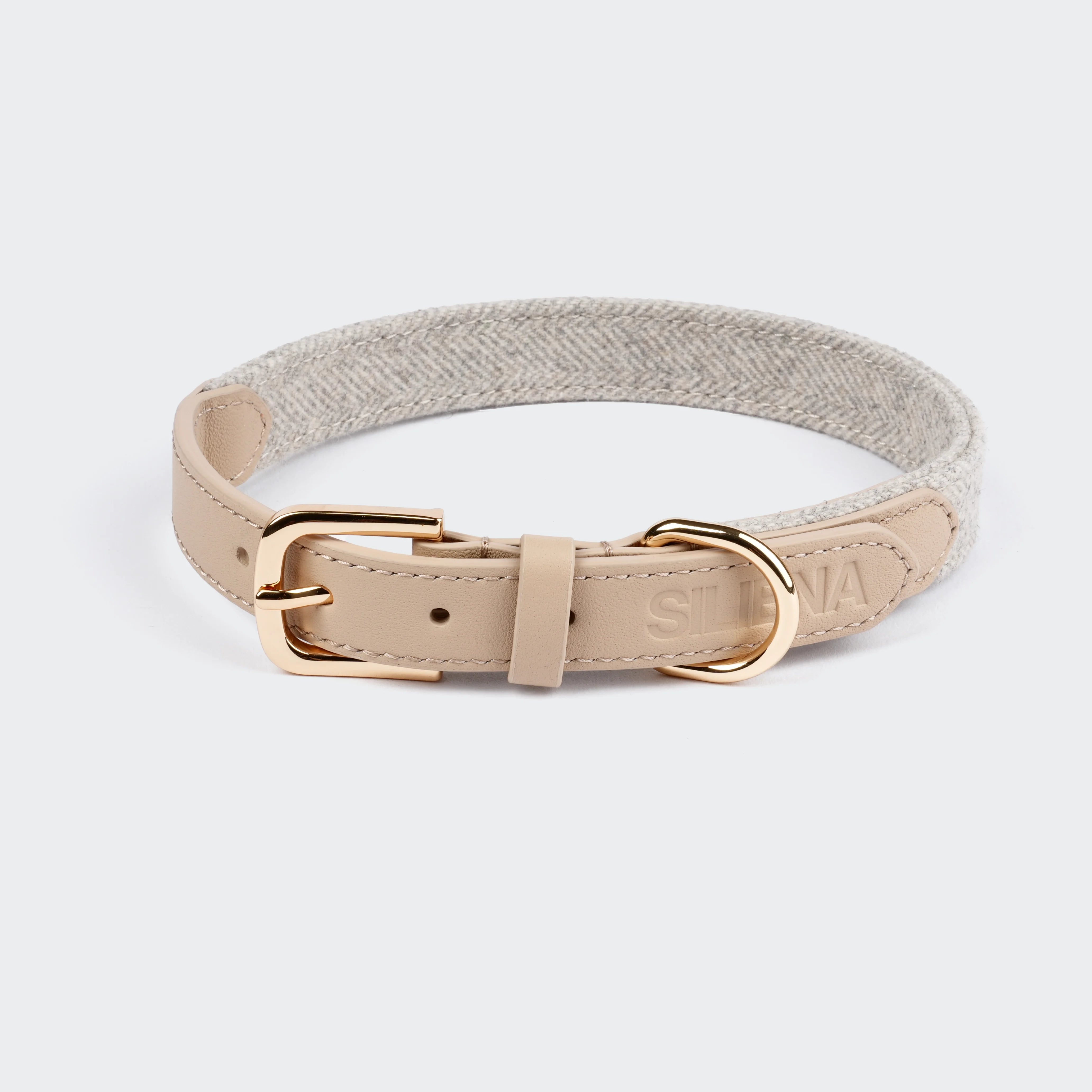
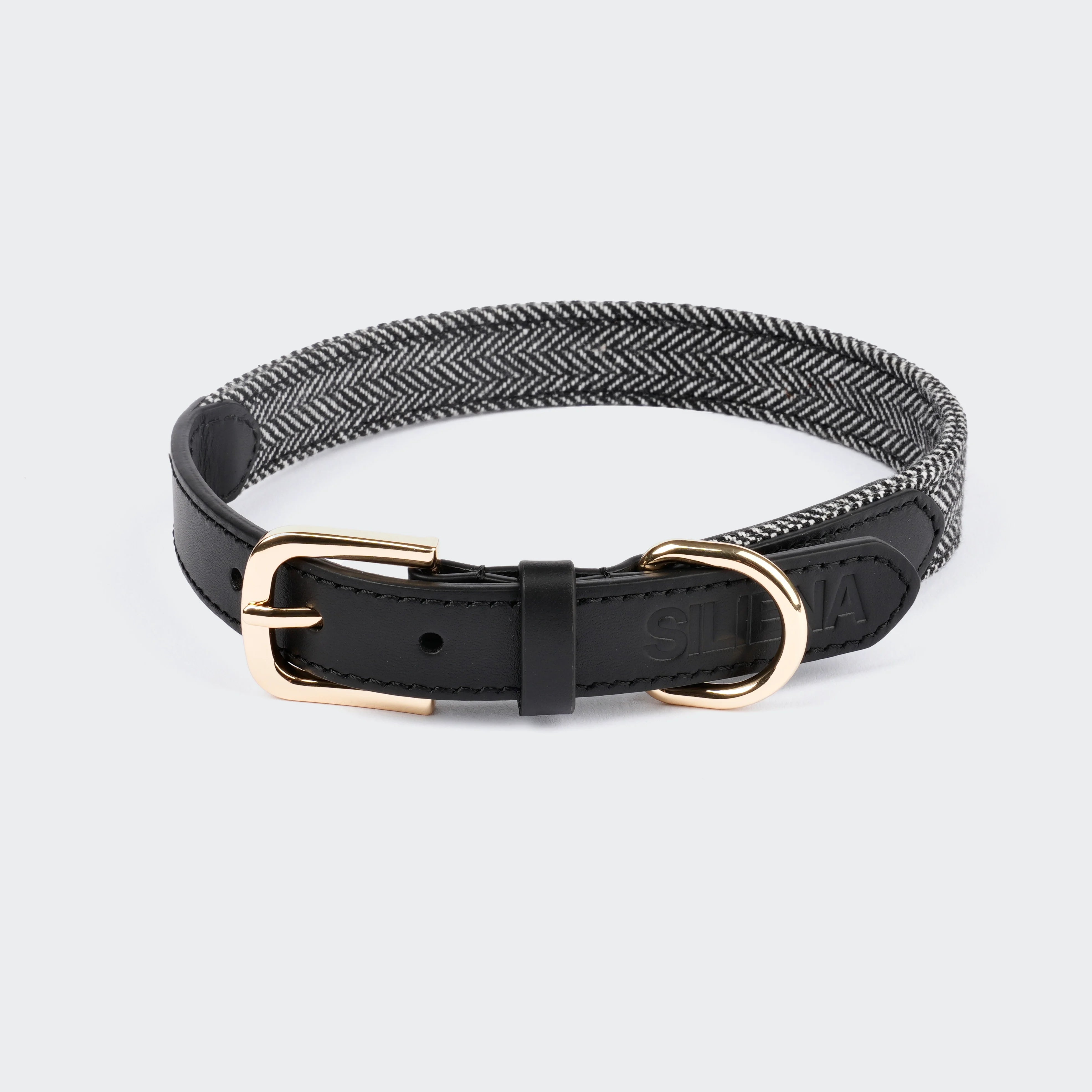
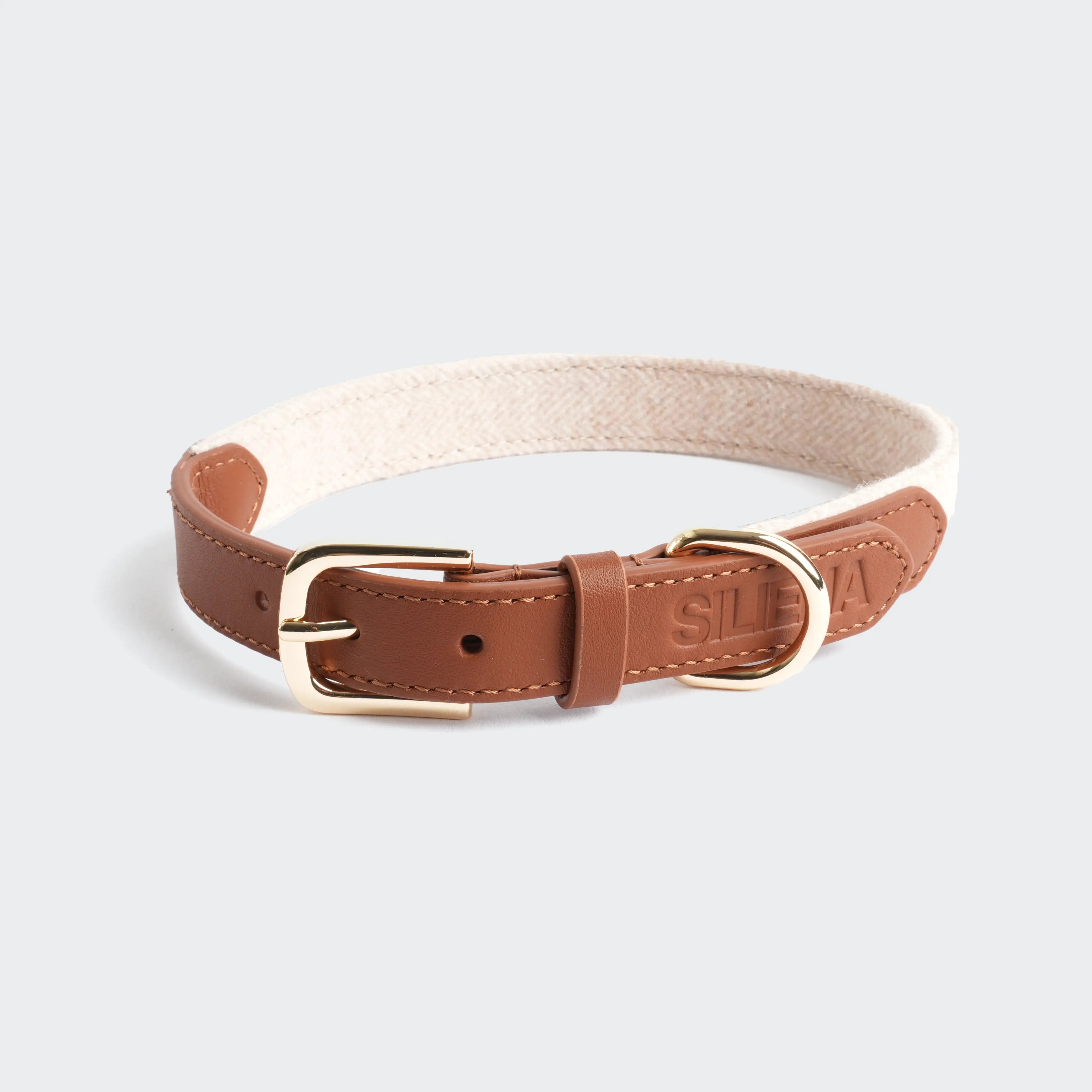
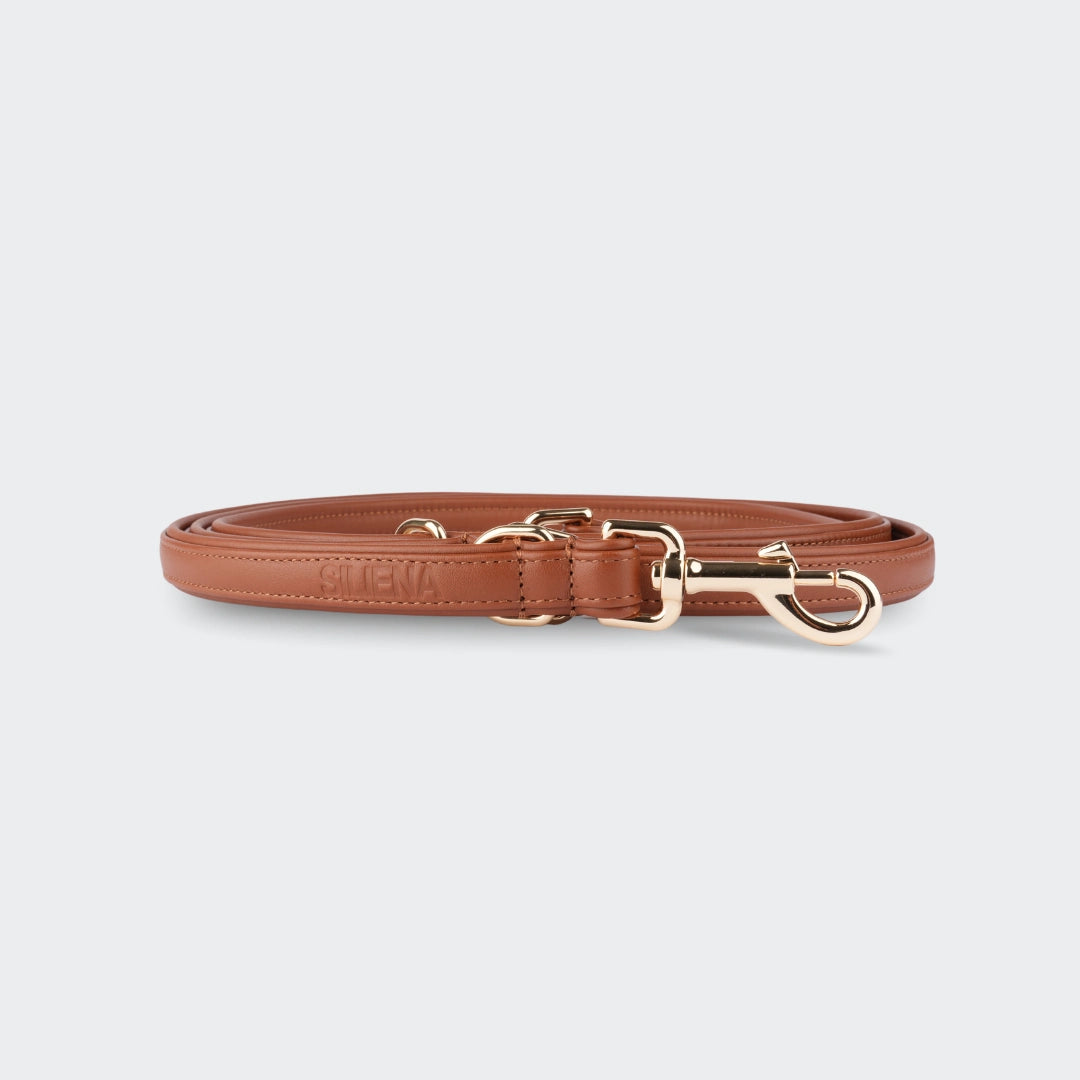
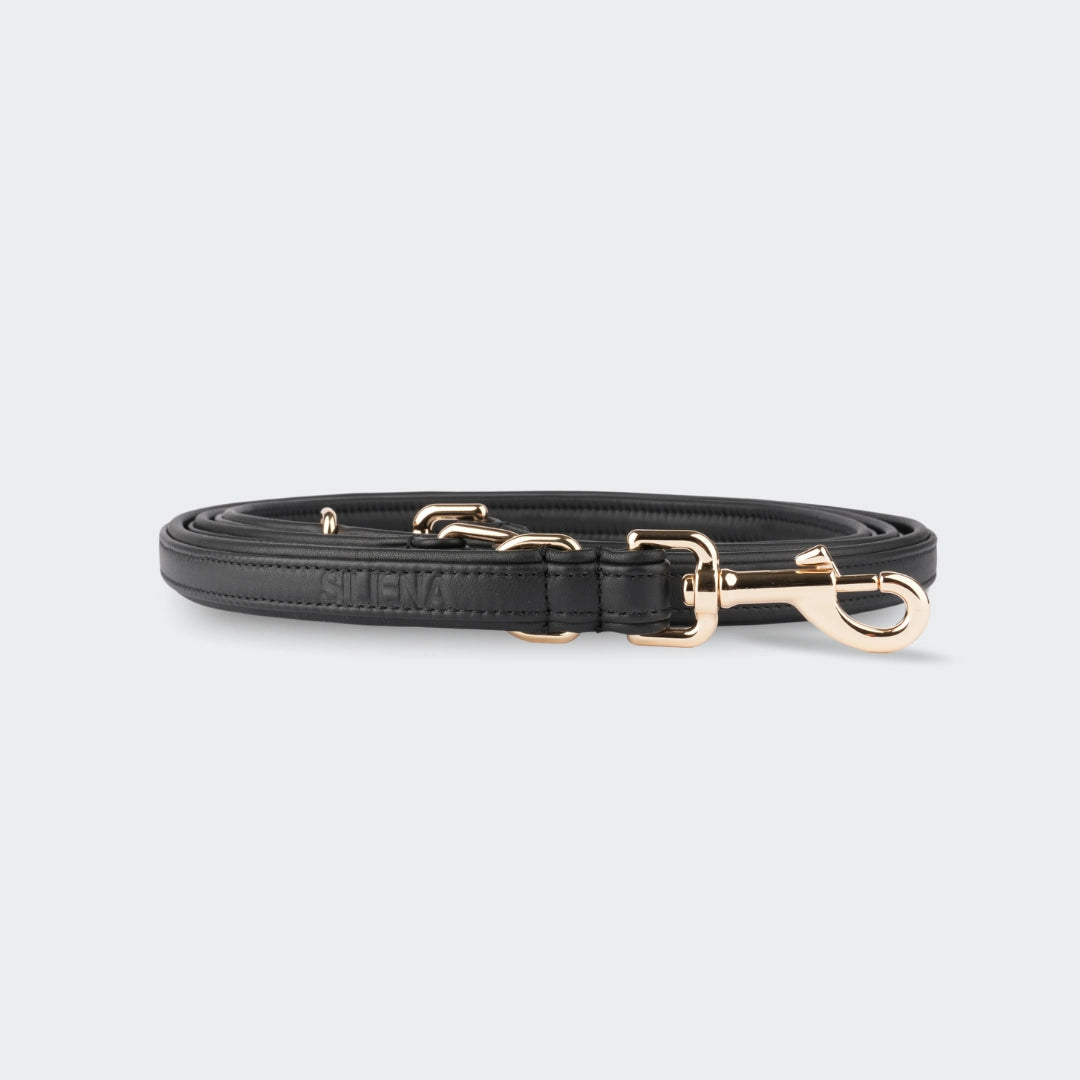
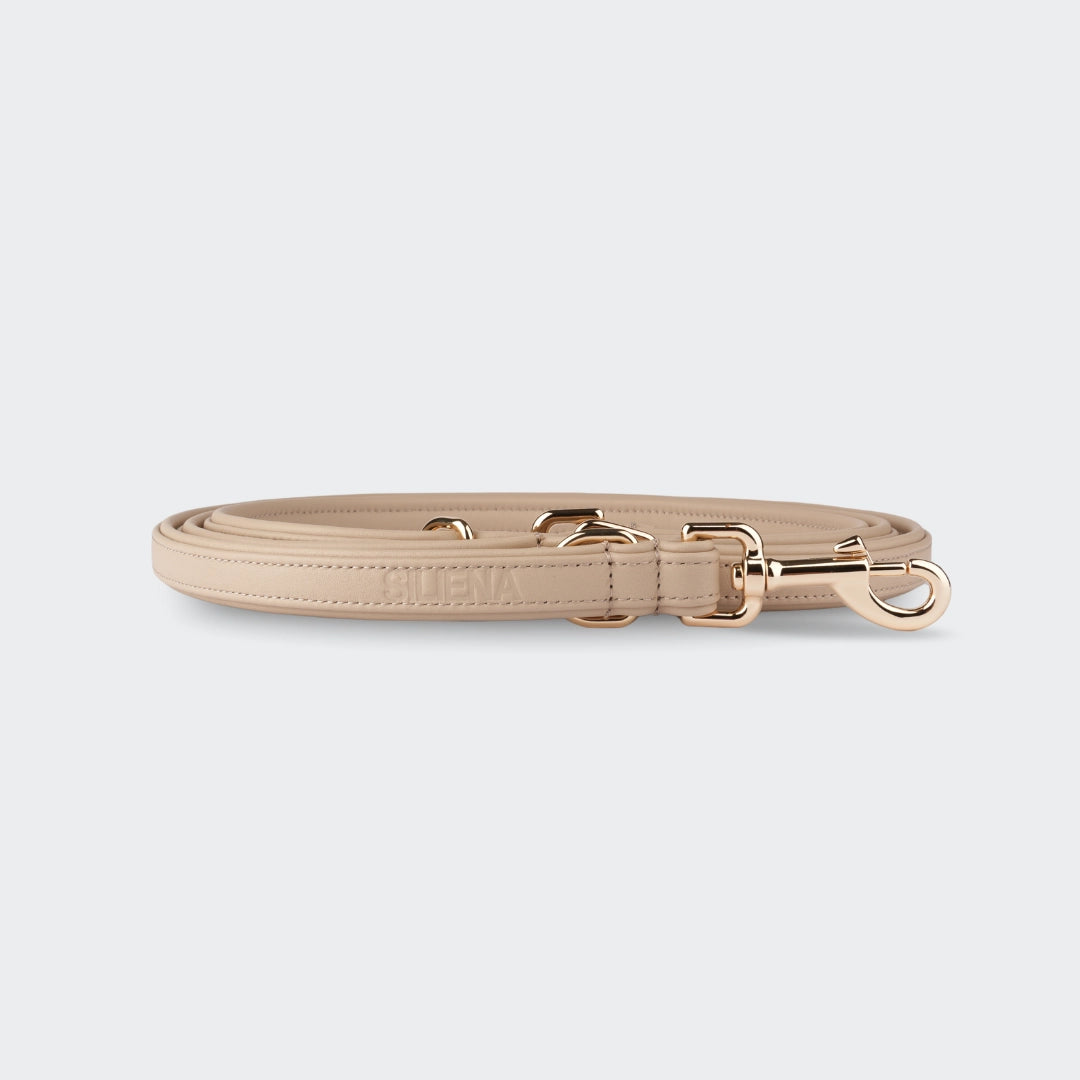
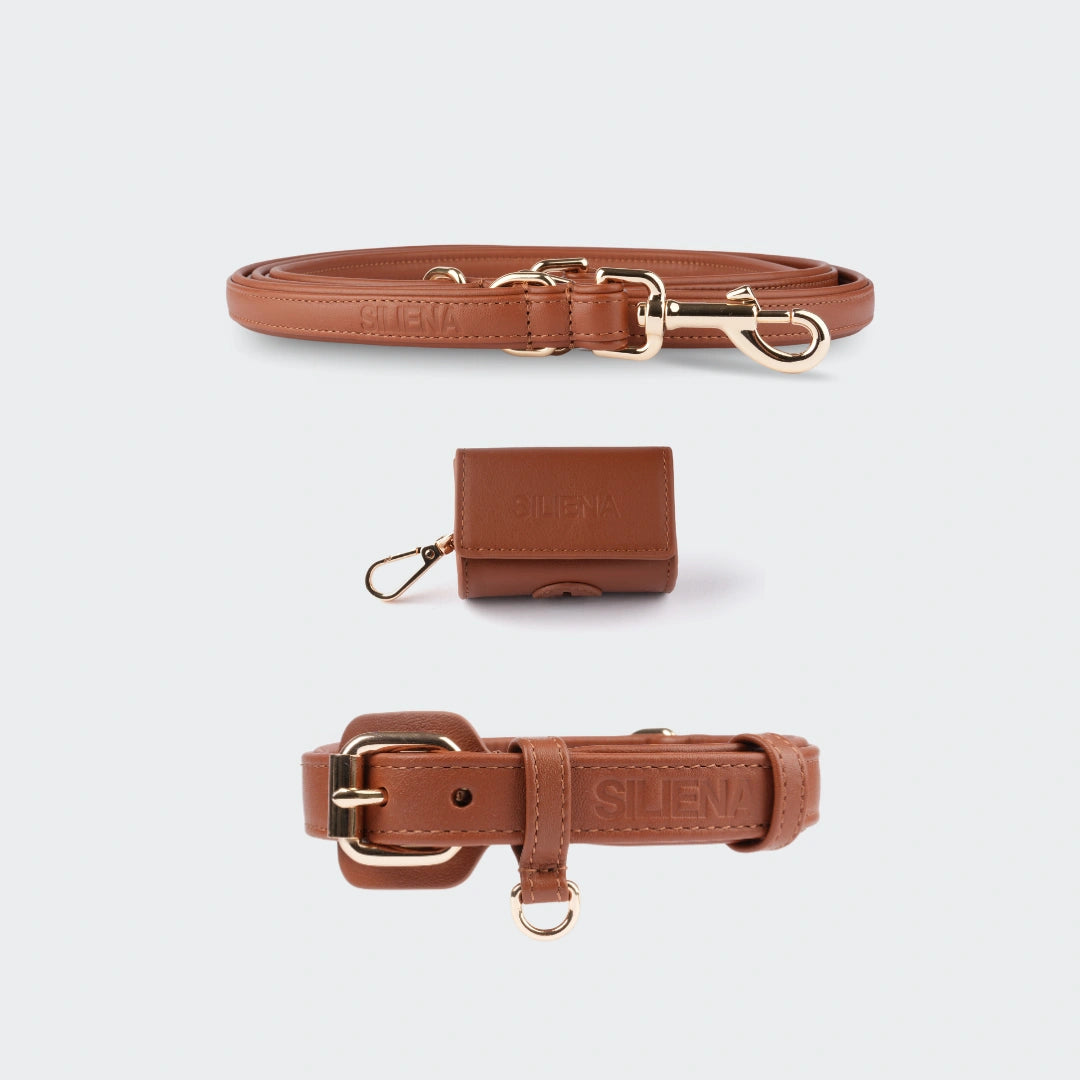
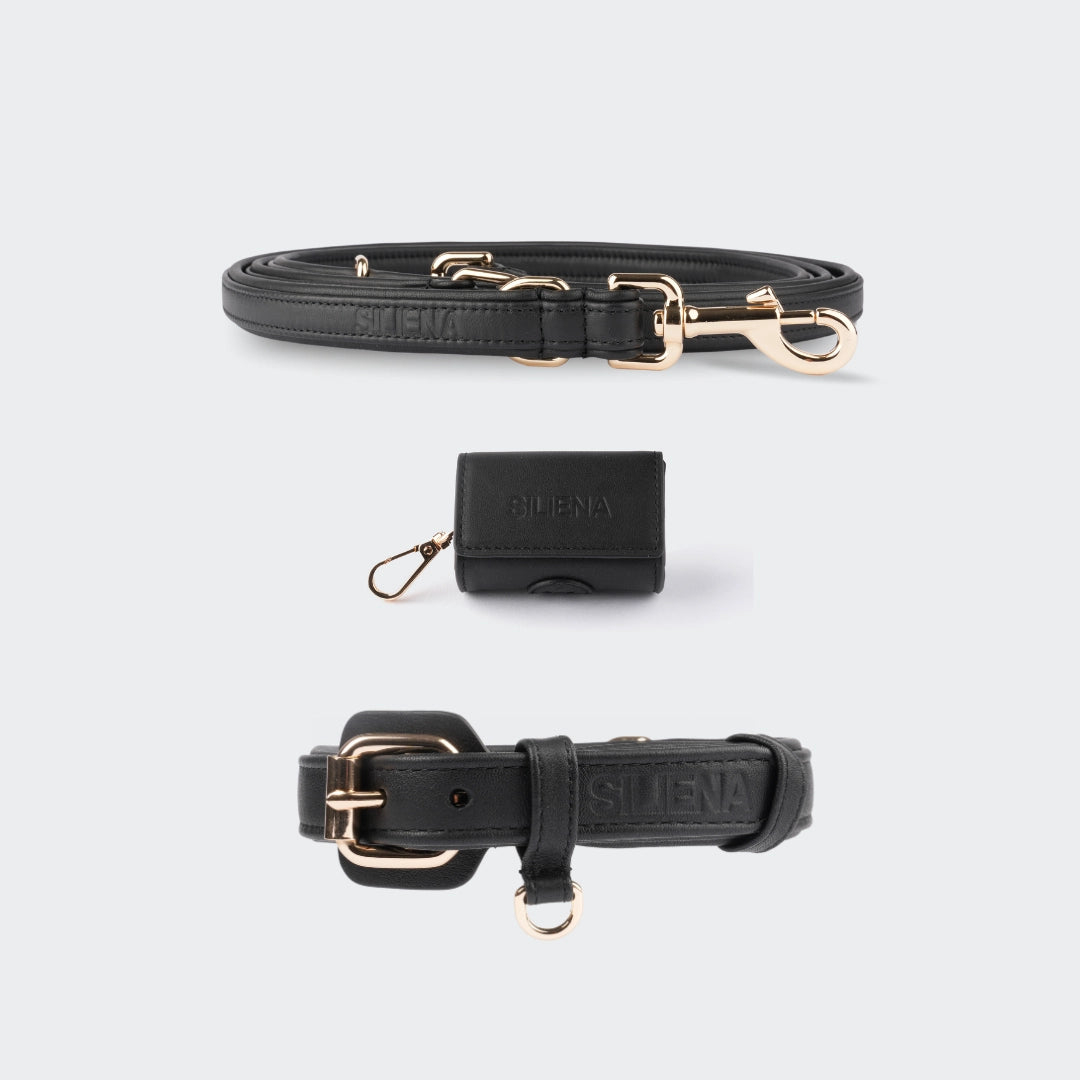
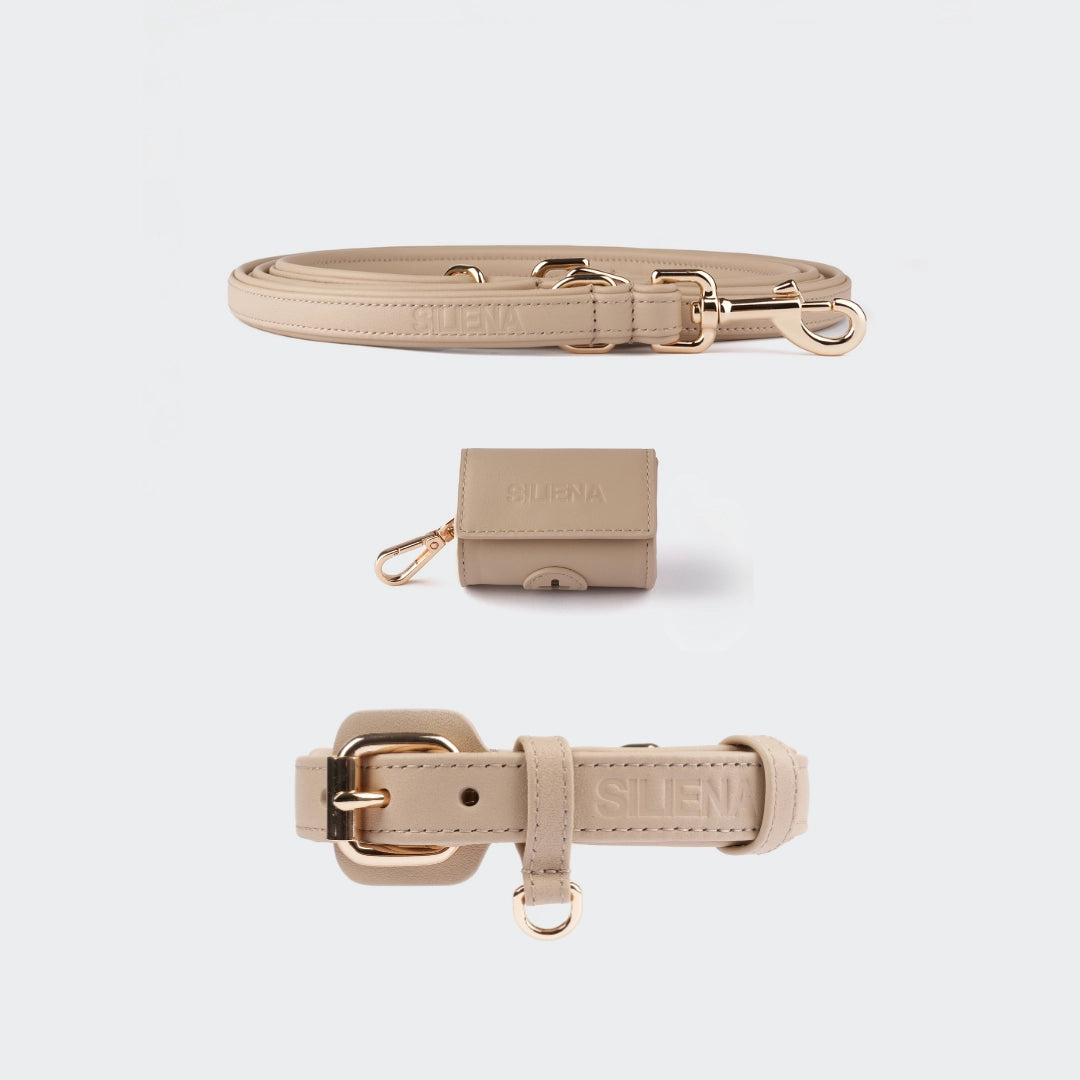
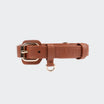
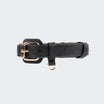

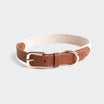
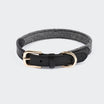
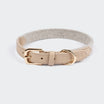

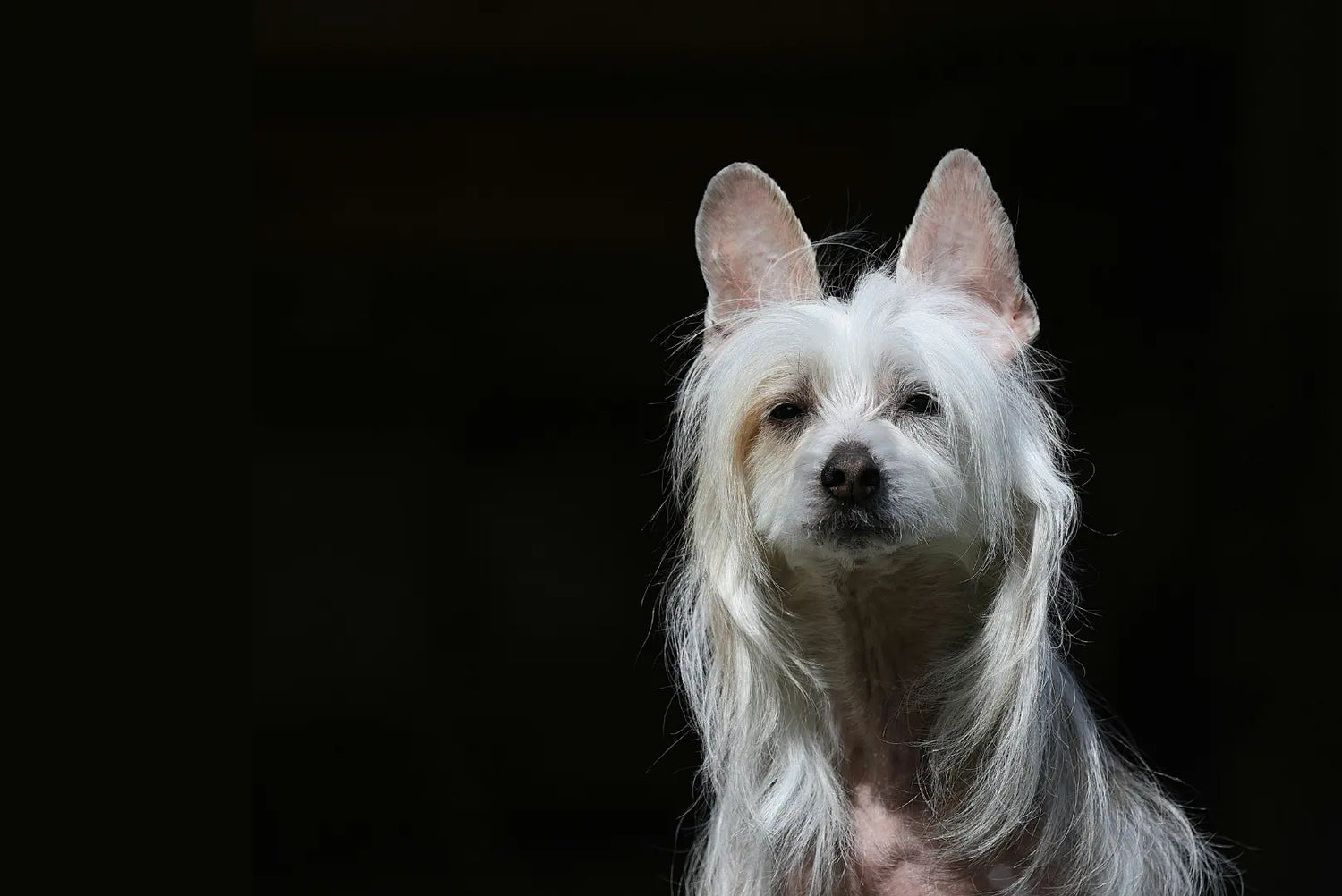
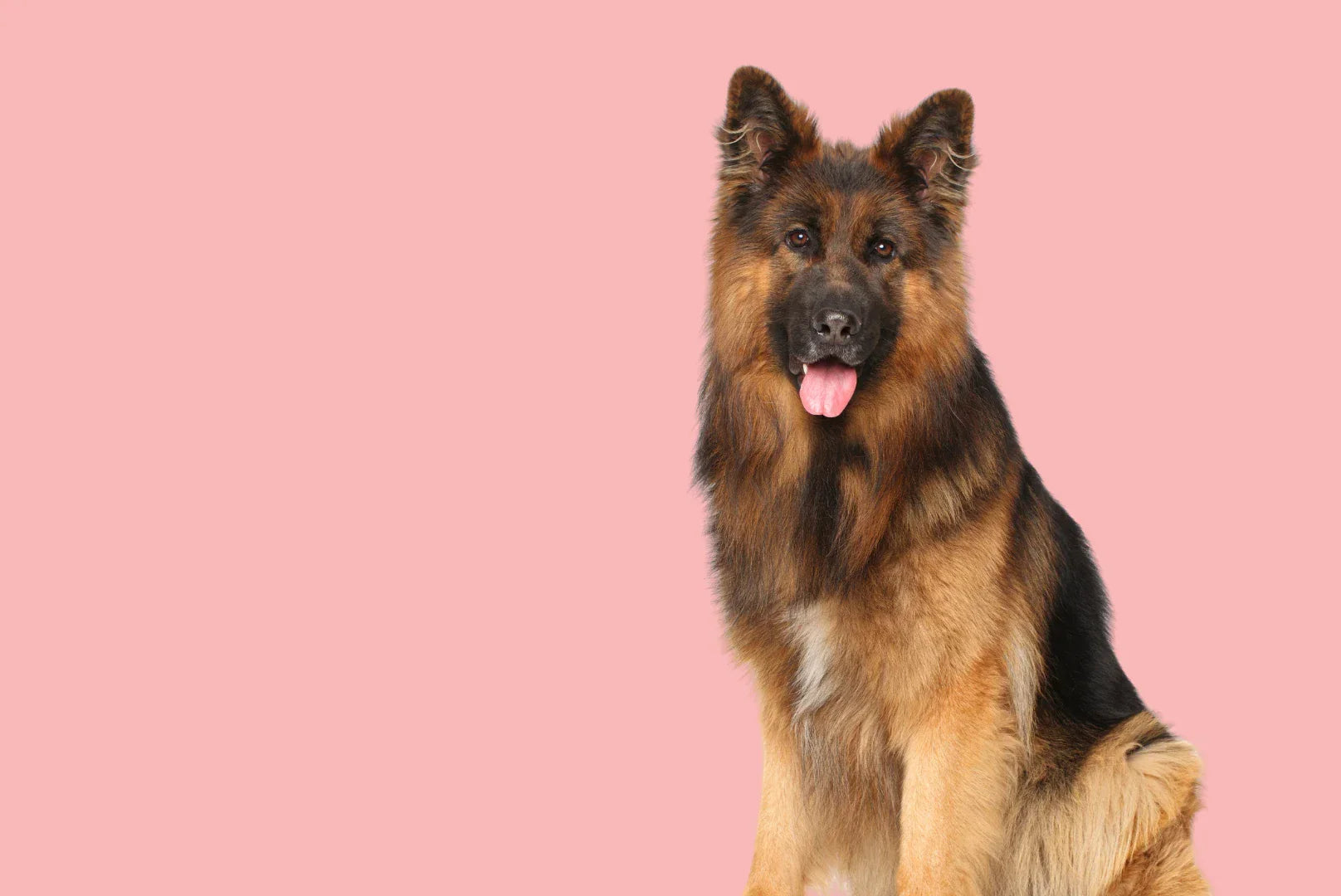
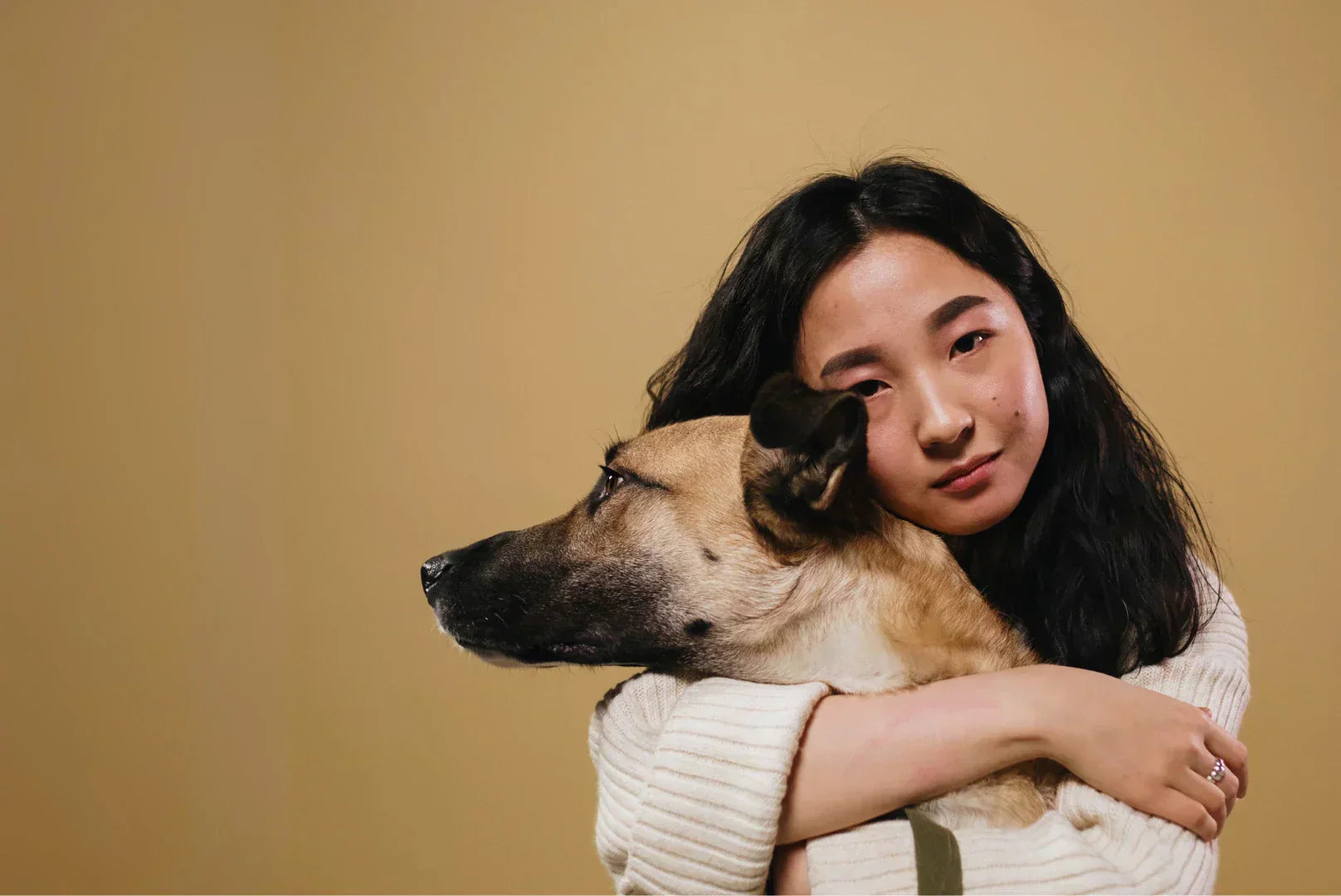


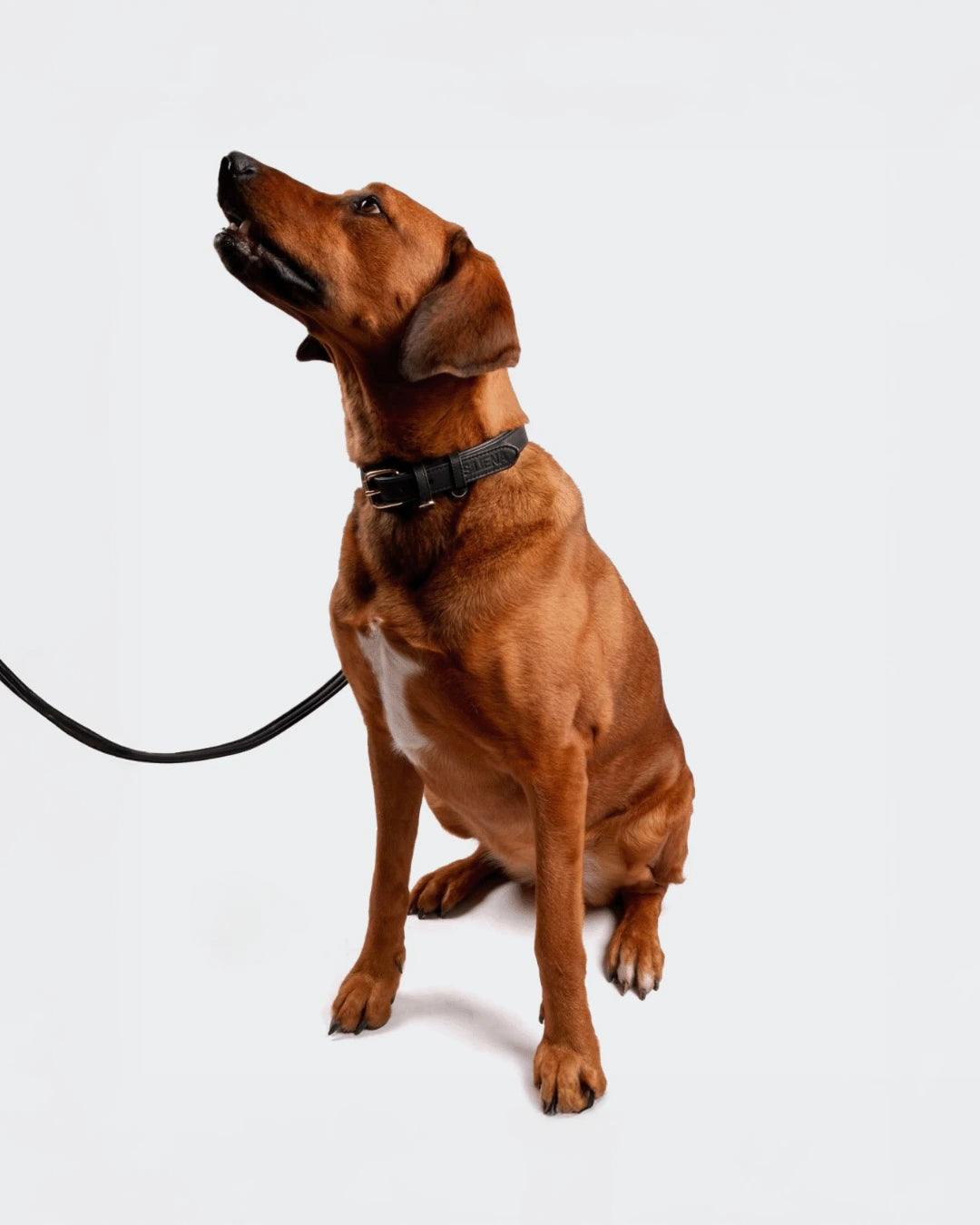
Leave a comment
This site is protected by hCaptcha and the hCaptcha Privacy Policy and Terms of Service apply.